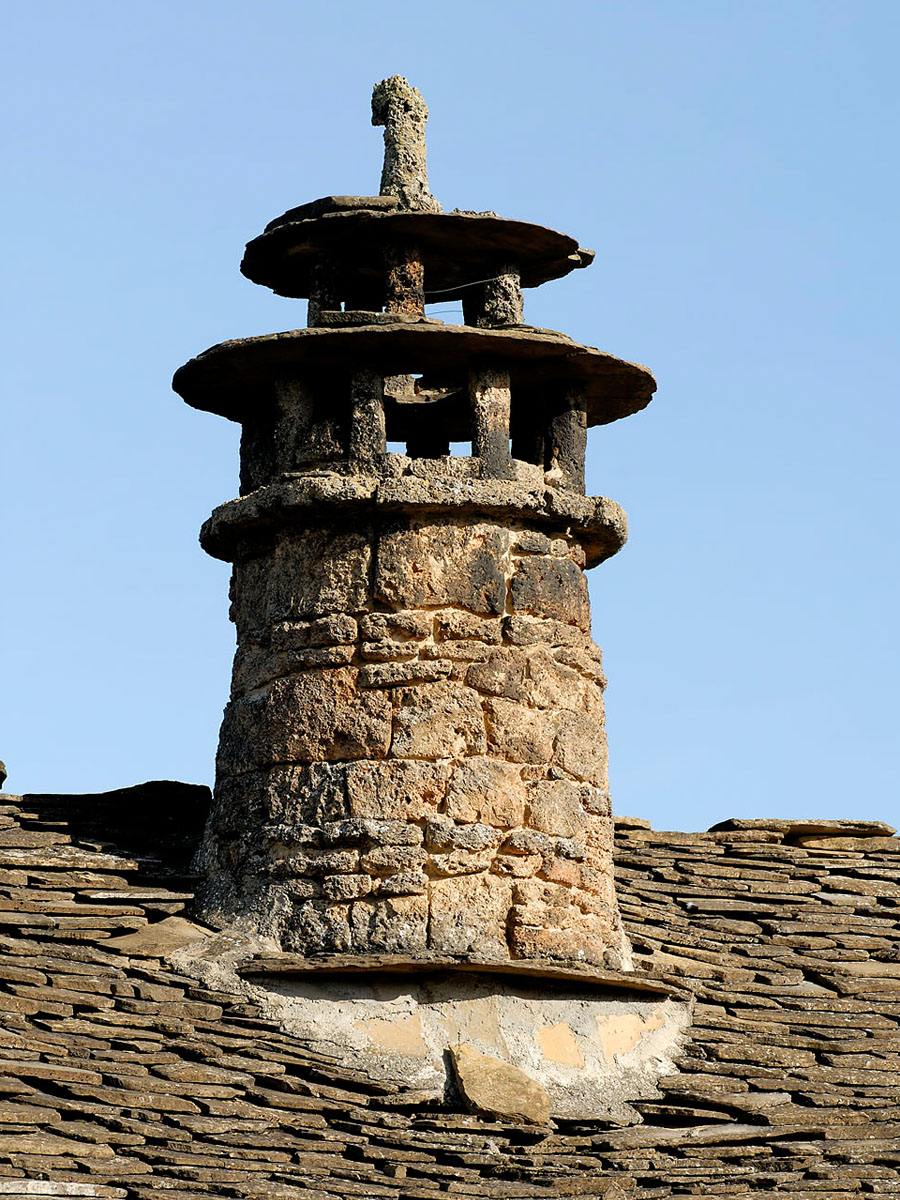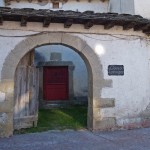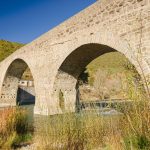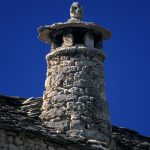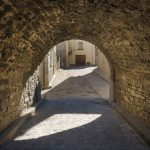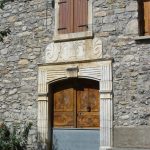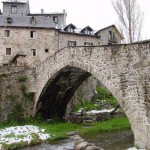Have a walk around and feel free to engage with the people and the villages; when you do, you may well have questions about the rural model used in the Region, and you might be reminded of the past. This page is a description of some of the elements that have had an influence on the area.
THE CLIMATE
It’s a tough climate. Some of the villages are located at an altitude of thousand metres, and more. It’s very unusual for it to snow here every month, but the nights are chilly during the summer months of July and August. The towns in the south of the Region have a continental climate, that is cold in the winter, and hot in the summer.
Because of the climate, the villages face the sun, the houses are sturdy, with thick stone walls, few windows and, most importantly, they have a big fireplace that distributes the heat throughout the house. In this part of the country we usually call the fireplace, the hearth, and everyday life has always taken place in the same room as the hearth.
AGRICULTURE AND LIVESTOCK FARMING
Livestock and some rain-fed farming were the traditional economic activities in the area until the advent of tourism. Moving the herds each season (called transhumance) was a great invention. In winter the herds could not graze in the mountains, and so they moved down to the valley, and later they moved back. This allowed the herds to graze well in both places.
SMUGGLING
This was not a phenomenon on the Spanish side only; on the French side –l’autrecôté–things were very similar. This unified the Pyrenees into one geographical area, albeit in two countries, and even today it is very common to have family members on the other side of the border. In fact, even our ways of speaking are close: Occitan and Aragonese are closer to each other than Spanish and French.
Consequently products have always been traded, although sometimes in secret: oil for chocolate, carillon bells for horses, etc.; basically contraband. If you look into it a little, you will hear some interesting anecdotes about the Civil Guard police and the locals.
TODAY
Several villages in the Region have a system of signs in place (the signs are ceramic) that give information on the most important pieces of local vernacular architecture and their location. Many of the villages are still very much alive and having kept their Pyrenean style, their appearance has not changed at all.
Some of most typical Pyrenean villages include Javierrelatre, Larrés, Lárrede, Sandiniés and Sallent. If you would like to see what a traditional house was like, visit the Serrablo Museum in Sabiñánigo.
